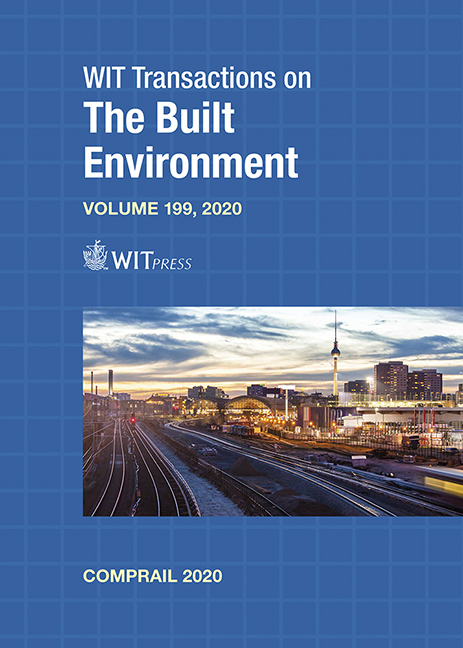ENHANCEMENT OF DETECTION FUNCTIONS OF A 3D-LASER-RADAR-TYPE OBSTACLE DETECTION SYSTEM AT A LEVEL CROSSING
Price
Free (open access)
Transaction
Volume
199
Pages
10
Page Range
43 - 52
Published
2020
Paper DOI
10.2495/CR200041
Copyright
WIT Press
Author(s)
YUKI YAO, SATORU KITAMURA, REIJI ISHIMA, TORU MURAKAMI, TOSHIHIRO HAYASHI, TAKESHI TAKAHASHI, YOSHIYA KOWASHI, YOSHIKI SEGAWA
Abstract
East Japan Railway Company (JR-East) widely uses obstacle detection systems at level crossings in order to prevent collision accidents between running trains and passing automobiles. One type is the Three Dimension Laser Radar (3DLR), which uses LiDAR technology and has been installed into more than 800 level crossings in JR-East. As the current specification, 3DLR has a lower threshold of detection height. 3DLR do not detect obstacles from the ground surface to the lower threshold height in order to avoid wrong detection, which comes from surface irregularity such as grass-growing. However, it may also happen that a falling down person at level crossing cannot be detected due to the lower threshold. With an increasing demand for safety at level crossing, even a falling down person needs to be detected. Therefore, we have enhanced the detection functions of 3DLR by implementing two algorithms for the lower threshold. One is to follow up each object even below the threshold height so that a falling down person can be detected. The other is to vary the threshold height along with the shape of the ground surface of level crossing so that every object with more-than-threshold-height size can be detected. We have done the field test for about two years at a level crossing in Nambu Line and confirmed that the enhanced detection function with two algorithms work very well with the ability of detection of a falling-down object. JR-East has plan to start using the enhanced detection function of 3DLR in 2020.
Keywords
3DLR, LiDAR, obstacle detection, level crossing





